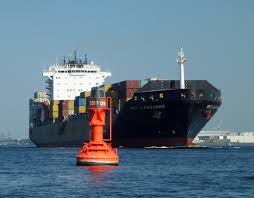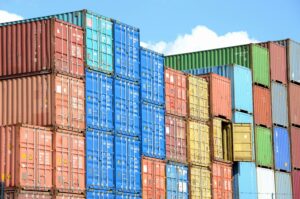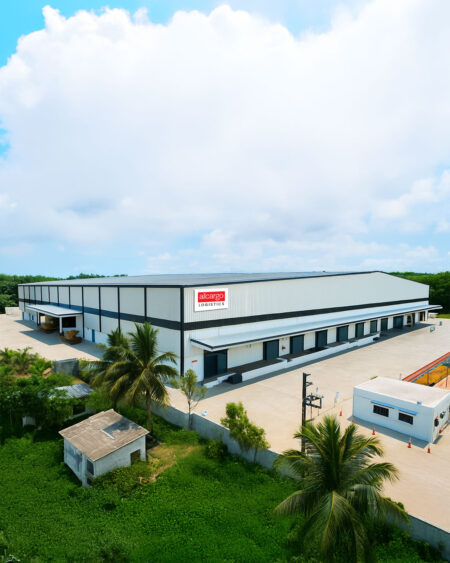Transit damage remains a hidden challenge in logistics. Addressing packaging quality, infrastructure, labour training, and environmental factors can significantly reduce losses and strengthen supply chain resilience.

Collaboration between shippers and LSPs is key to reducing damage
According to a study by Packaging Digest, nearly 11 percent of unit loads arriving at distribution centres show some level of case damage, ranging from minor to substantial. Many go unnoticed, yet the impact on supply chains is real. On average, reported damage in Less Than Truck Load (LTL), Less Than Container Load (LCL), or part-load shipments hovers between 1% and 2% of consignments. Interestingly, damage to products inside boxes remains below 0.1%, proving packaging is generally effective. However, the bigger concern lies in products being rejected due to external case damage, despite their contents being intact.
PTL segment: more vulnerable
The Part Truck Load (PTL) segment is particularly prone to transit damages. Frequent handling, multiple hub transfers, and shipment consolidation expose goods to greater risks. A 2023 study revealed that 86% of PTL shippers experienced at least one damage claim during the year. While individual claim rates are modest, the frequency highlights a persistent problem for regular shippers.
Root causes of transit losses
When damages occur in part-load shipments, logistics service providers (LSPs) often bear the blame. Sometimes rightly so, especially in cases of poor handling or improper stacking. Yet the root causes usually trace back to three areas: inadequate infrastructure at transshipment points, untrained labour, and poor stacking practices. The latter, in particular, underscores the urgent need for skill development and close monitoring.
Training, technology, and automation
Improving labour quality calls for ongoing on-the-job training and strict supervision. Encouragingly, many large part-load service providers are actively addressing infrastructure gaps and labour inefficiencies. Technology is playing a role too. Automation, robotics, and data analytics have helped reduce incidents, though adoption in India’s B2B part-load segment remains limited.
Beyond human factors
It’s important to note that not all causes lie in human error. Poor packaging quality from shippers and non-controllable transportation factors also contribute. Road conditions and elevation changes can intensify shocks and vibrations. In some cases, rough roads and stiff trailers amplify stress on packaging up to tenfold. Air-ride suspension trailers can counter this problem, but in India their use is mostly limited to sensitive, high-value cargo.
Climate and geography
Environmental factors are equally critical. Heat and humidity pose significant threats to packaging integrity. In India’s extreme climates, temperatures inside containerised vehicles can exceed 50°C in northern summers, or humidity can rise to 95% along the coasts during monsoons. Such conditions weaken corrugated materials, causing adhesives to fail, boxes to crack, and contents to be exposed to damage.
Collaborative path forward
Completely eradicating transit damage may not be realistic, but reducing it is certainly achievable. Shippers and LSPs can work together by establishing monitoring systems, investing in training, and upgrading packaging standards. With collaboration and technology, supply chains can not only reduce losses but also build greater trust and resilience.











